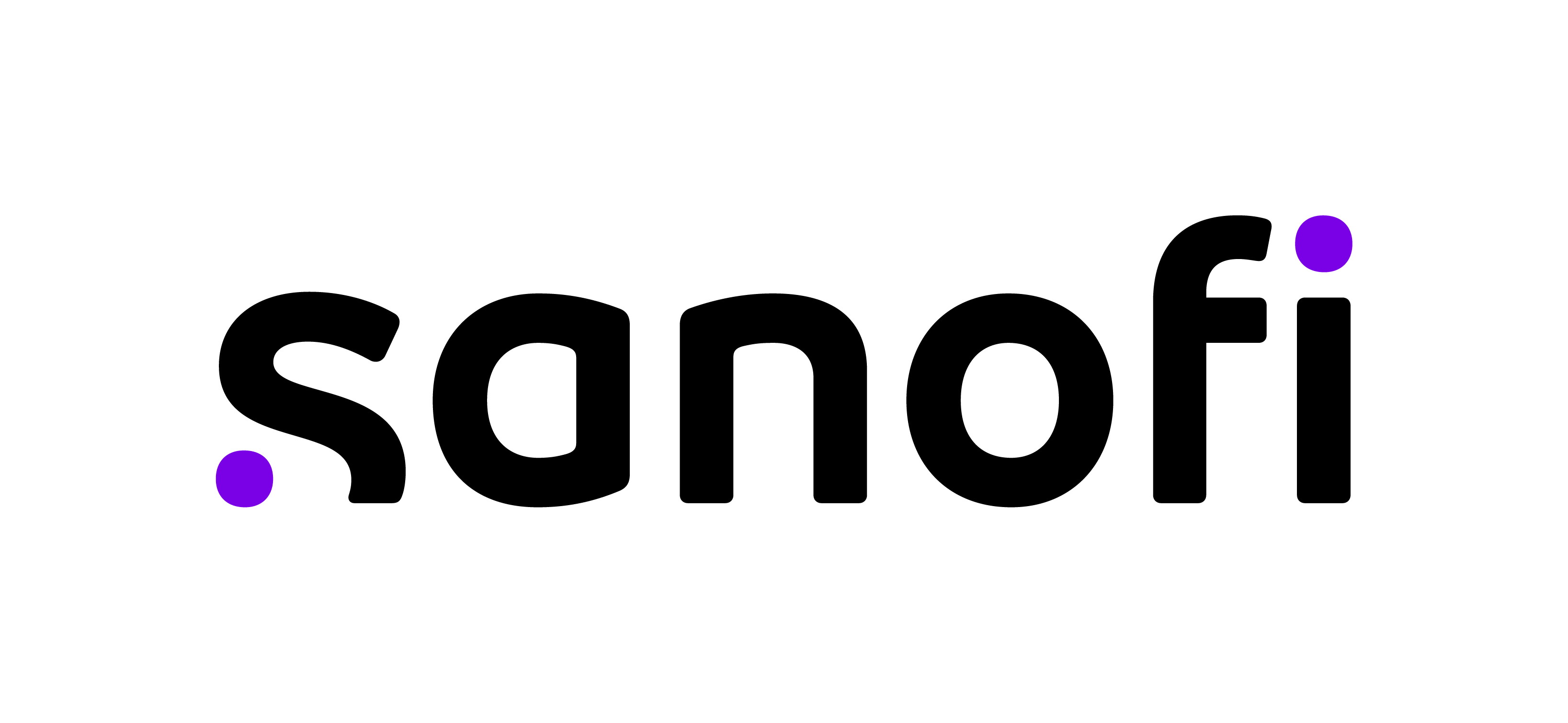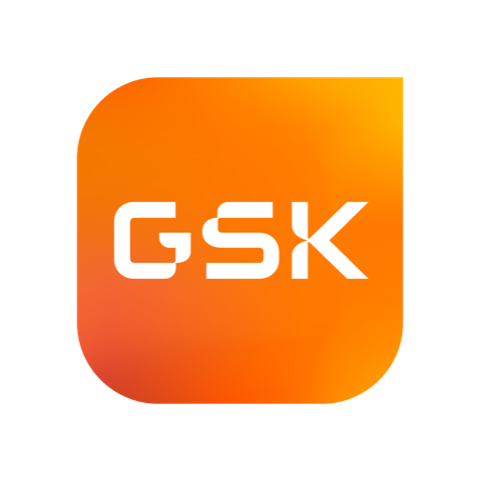Myeloma Round Table: Research and Treatment at the Sylvester Cancer Center — Miami, May 21, 2022 (Part 2)

Myeloma Round Table: Research and Treatment at the Sylvester Cancer Center — Miami, May 21, 2022 (Part 2)
When Dr. C. Ola Landgren moved from New York’s Memorial Sloan Kettering Cancer Center to the University of Miami’s Sylvester Cancer Center, it wasn’t because of the weather. He has an ambition to create a myeloma research and treatment center of excellence that is second to none. In this, the second half of the original planned order of the Miami Myeloma Round Table in Aventura, FL on May 21, 2022, Dr. Landgren explains the guiding ideas of the growing myeloma agenda at Sylvester and Dr. Dickran Kazandjian, who was recruited from the National Cancer Institute, explains some of the protocols and treatment strategies in the clinic.
Dr. Elisabet Manasanch joined Drs. Landgren and Kazandjian for the Moderated Discussion/Question & Answer session.
C. Ola Landgren, MD, PhD, University of Miami, Sylvester Cancer Center, Miami, FL: Building a World Class Myeloma Program
-
- Our group made several discoveries, publishing more than 50 papers for diverse journals
- Established an international multiple myeloma research network
- Have grown about 30% in the past year, doubled our number of patients in one year
- Enrollment in clinical trials is up, patients are willing to look for options beyond the standard of care, access greater support
- Labs are working on genomics, assisting data
- Studying disease through detailed computer models.
- Biology-driven trials may be the future of research
- Minimal residual disease (MRD) detection must be refined
- Can help find the “Achilles heel” for myeloma by characterizing cells
- FISH and cytogenetics need to move forward
- “Myeloma-defining genomic events” essential to understand myeloma
Dickran Kazandijan, MD, University of Miami, Sylvester Cancer Center, Miami, FL: Translating Ideas Into Treatment
-
- When patients are first diagnosed with myeloma:
- Physicians usually start treatment with combination treatments for 6-10 cycles (months)
- Follow up with transplant or stay in maintenance
- This is always decided between physician and patient
- Triplets (three drug combinations) for relapsed/refractory myeloma impact progression-free survival (PFS) and overall survival (OS)
- Myeloma generally takes longer to return, every clinical scenario is different, decision must be made with specialist.
- What happens after triplet therapies?
- Assess minimal residual disease status (MRD), studies indicate patients do better
- Anti-CD38 monoclonal antibodies have revolutionized treatment
- Quadruplet therapies are new era
- Quadruplets (four drug combinations)
- Patients had better response rates
- Velcade + Revlimid + dexamethasone (VRd) + daratumumab is the most studied
- MRD negativity rate achieved in 71% of patients!
- Median time to this was 6 cycles with sustained response
- What about transplant?
- Stem cell transplant revolutionized treatment at the end of the 20th century
- With the introduction of novel therapies in the early 21st century, has seemingly become more questionable
- But it is still very good option, especially when toxicity from chemo is considered
- Patients who are not fit for transplant receive VRd+Dara
- Relapsed/refractory myeloma:
- More drugs available, many can and should be individualized.
- CAR T therapy has shown excellent results (Abecma and Carvikti)
- Sylvester offers several studies with novel immunotherapies
- Very likely a trial for you
Questions & Answers
Dr. Elisabet Manasanch participated in this session.
Discussion moderated by Jenny Ahlstrom:
- 0:20 - How do you use all the imaging techniques available (bone marrow biopsy, PET scan, bloodwork) to diagnose myeloma and at relapse?
- 12:33 - What are the best therapies that you're seeing now for newly diagnosed high-risk disease? Relapsed/refractory high-risk disease?
Audience-submitted questions:
- 26:52 - For patients who have been doing well with Revlimid + daratumumab, how worried should we be about the disease coming back and decrease in blood counts?
- 31:21 - Are we getting any closer to CRISPR being used for myeloma? What is CRISPR?
- 32:41 - If a patient did not achieve MRD negativity after SCT (stem cell transplant) or after consolidation, should that patient change treatment?
- 35:47 - Would you recommend CART for a patient with extramedullary disease?
- 38:58 - I’m excited about the slide Jenny alluded to about comparative PETs. Is this the most sensitive scan is available to all myeloma patients or just in a trial?
- 42:17 - Is it recommended that low-risk or stable smoldering multiple myeloma patients retrieve their cells for ASCT (autologous stem cell transplant)?
Thanks to our sponsors

- When patients are first diagnosed with myeloma:
Myeloma Round Table: Research and Treatment at the Sylvester Cancer Center — Miami, May 21, 2022 (Part 2)
When Dr. C. Ola Landgren moved from New York’s Memorial Sloan Kettering Cancer Center to the University of Miami’s Sylvester Cancer Center, it wasn’t because of the weather. He has an ambition to create a myeloma research and treatment center of excellence that is second to none. In this, the second half of the original planned order of the Miami Myeloma Round Table in Aventura, FL on May 21, 2022, Dr. Landgren explains the guiding ideas of the growing myeloma agenda at Sylvester and Dr. Dickran Kazandjian, who was recruited from the National Cancer Institute, explains some of the protocols and treatment strategies in the clinic.
Dr. Elisabet Manasanch joined Drs. Landgren and Kazandjian for the Moderated Discussion/Question & Answer session.
C. Ola Landgren, MD, PhD, University of Miami, Sylvester Cancer Center, Miami, FL: Building a World Class Myeloma Program
-
- Our group made several discoveries, publishing more than 50 papers for diverse journals
- Established an international multiple myeloma research network
- Have grown about 30% in the past year, doubled our number of patients in one year
- Enrollment in clinical trials is up, patients are willing to look for options beyond the standard of care, access greater support
- Labs are working on genomics, assisting data
- Studying disease through detailed computer models.
- Biology-driven trials may be the future of research
- Minimal residual disease (MRD) detection must be refined
- Can help find the “Achilles heel” for myeloma by characterizing cells
- FISH and cytogenetics need to move forward
- “Myeloma-defining genomic events” essential to understand myeloma
Dickran Kazandijan, MD, University of Miami, Sylvester Cancer Center, Miami, FL: Translating Ideas Into Treatment
-
- When patients are first diagnosed with myeloma:
- Physicians usually start treatment with combination treatments for 6-10 cycles (months)
- Follow up with transplant or stay in maintenance
- This is always decided between physician and patient
- Triplets (three drug combinations) for relapsed/refractory myeloma impact progression-free survival (PFS) and overall survival (OS)
- Myeloma generally takes longer to return, every clinical scenario is different, decision must be made with specialist.
- What happens after triplet therapies?
- Assess minimal residual disease status (MRD), studies indicate patients do better
- Anti-CD38 monoclonal antibodies have revolutionized treatment
- Quadruplet therapies are new era
- Quadruplets (four drug combinations)
- Patients had better response rates
- Velcade + Revlimid + dexamethasone (VRd) + daratumumab is the most studied
- MRD negativity rate achieved in 71% of patients!
- Median time to this was 6 cycles with sustained response
- What about transplant?
- Stem cell transplant revolutionized treatment at the end of the 20th century
- With the introduction of novel therapies in the early 21st century, has seemingly become more questionable
- But it is still very good option, especially when toxicity from chemo is considered
- Patients who are not fit for transplant receive VRd+Dara
- Relapsed/refractory myeloma:
- More drugs available, many can and should be individualized.
- CAR T therapy has shown excellent results (Abecma and Carvikti)
- Sylvester offers several studies with novel immunotherapies
- Very likely a trial for you
Questions & Answers
Dr. Elisabet Manasanch participated in this session.
Discussion moderated by Jenny Ahlstrom:
- 0:20 - How do you use all the imaging techniques available (bone marrow biopsy, PET scan, bloodwork) to diagnose myeloma and at relapse?
- 12:33 - What are the best therapies that you're seeing now for newly diagnosed high-risk disease? Relapsed/refractory high-risk disease?
Audience-submitted questions:
- 26:52 - For patients who have been doing well with Revlimid + daratumumab, how worried should we be about the disease coming back and decrease in blood counts?
- 31:21 - Are we getting any closer to CRISPR being used for myeloma? What is CRISPR?
- 32:41 - If a patient did not achieve MRD negativity after SCT (stem cell transplant) or after consolidation, should that patient change treatment?
- 35:47 - Would you recommend CART for a patient with extramedullary disease?
- 38:58 - I’m excited about the slide Jenny alluded to about comparative PETs. Is this the most sensitive scan is available to all myeloma patients or just in a trial?
- 42:17 - Is it recommended that low-risk or stable smoldering multiple myeloma patients retrieve their cells for ASCT (autologous stem cell transplant)?
Thanks to our sponsors

- When patients are first diagnosed with myeloma:

about the author
Andrea Robles
Andrea Robles is an International Medical Graduate, part of Healthtree’s patient navigator staff. She is committed to patient’s global wellness and finding a cure through research. She’s also a wife and mom of 3.
More on HealthTree Programs
Trending Articles
Upcoming Events




Get the Latest Multiple Myeloma Updates, Delivered to You.
By subscribing to the HealthTree newsletter, you'll receive the latest research, treatment updates, and expert insights to help you navigate your health.
Together we care.
Together we cure.
3x Faster.













